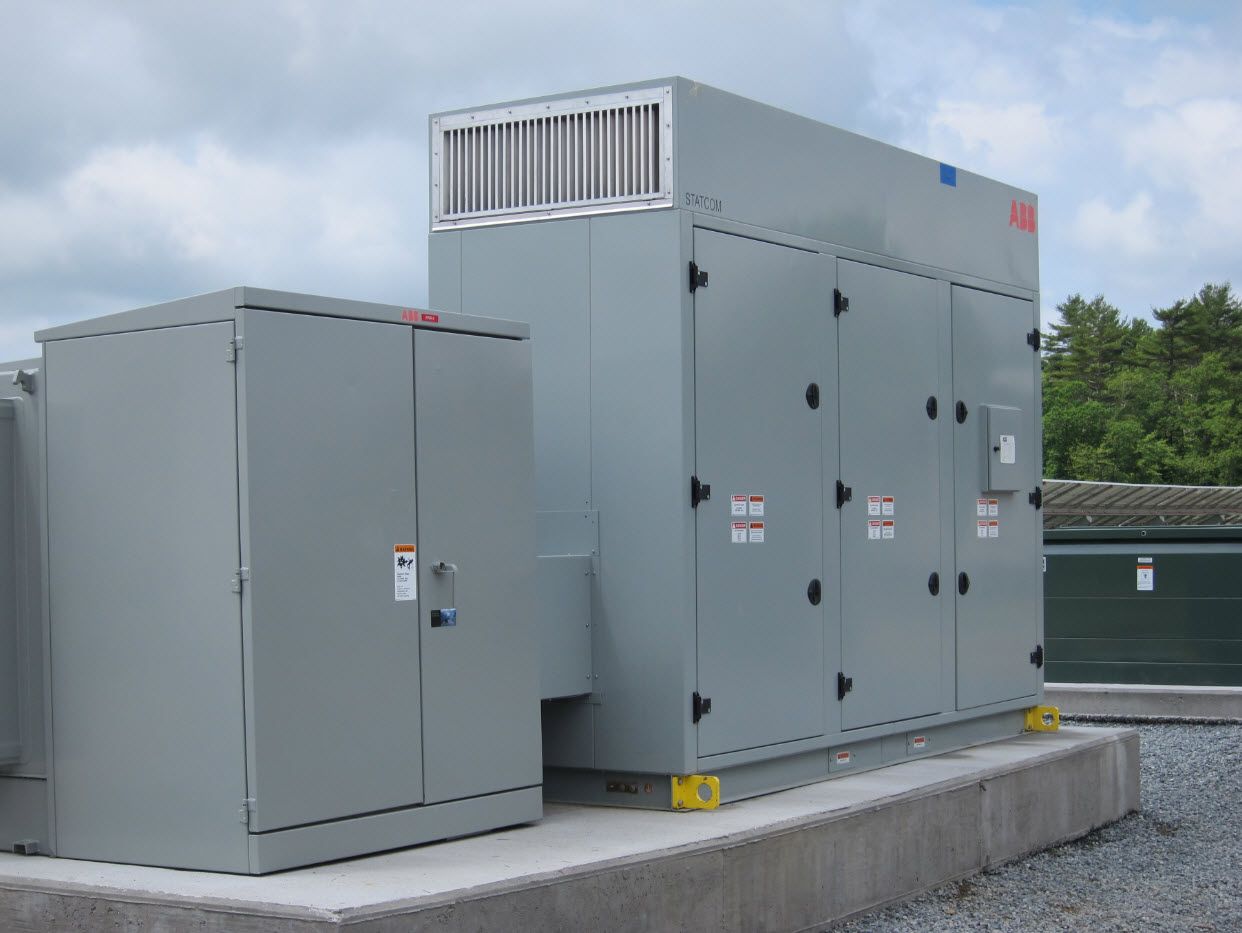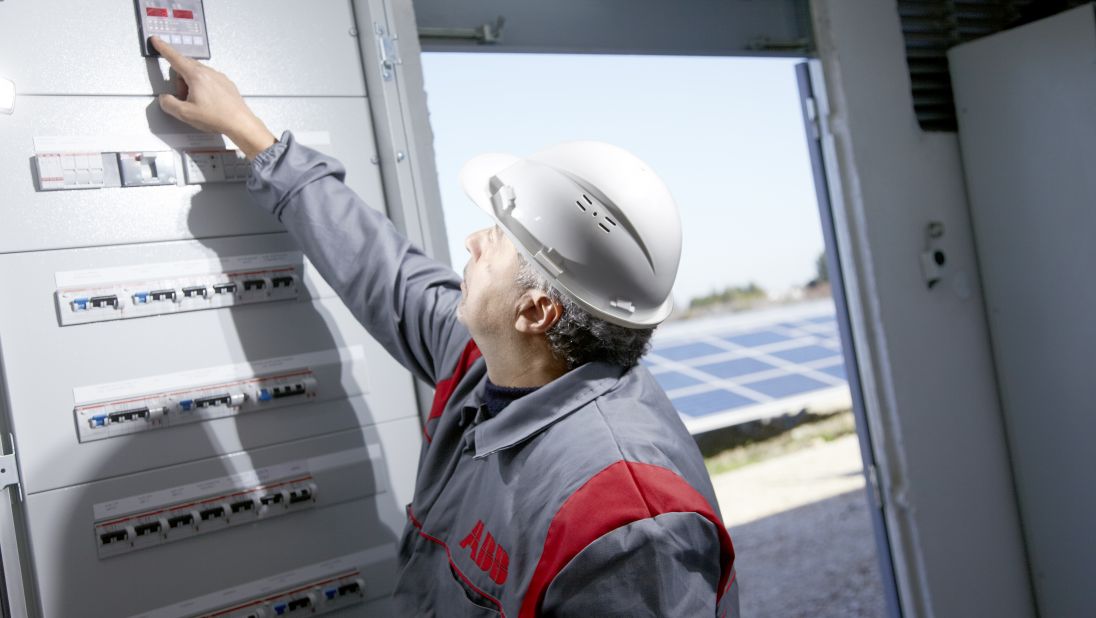After a short dip in activity in 2013, the construction of large-scale solar power plants is leading the boom for America's solar industry.
There are now 7,000 megawatts of solar projects sized over 1 megawatt planned for development in the U.S. over the next year, according to GTM Research. Roughly 1,300 megawatts of those projects have signed contracts that will begin in 2017, after the assumed deadline for a reduction of the federal Investment Tax Credit.
Companies building those projects are speeding up development in an effort to capture the 30 percent ITC, and thus opting to bridge the financing gap themselves for a year. It's yet more proof of how important 2016 will be for the solar industry.
The solar industry shouldn't just be focused on putting up record numbers. It should be focused on ensuring every single megawatt is built to the highest standards, using the best equipment, in order to deliver the most competitive projects possible.
There are many stages of bankability when building a solar power plant. They include design, equipment procurement, installation and commissioning, and maintenance. From the inverter to the transformer to the substation, equipment procurement influences all of these areas in powerful ways.
Solar developers understandably focus on levelized cost of energy. But when factoring in all these stages of bankability -- with equipment selection informing every stage -- a project is better measured by total operating costs.
We've already discussed how inverters fit into this picture. Let's take a look at another vital piece of equipment for projects: transformers.
Are you thinking ahead?
It takes significant lead-time to find the right site, file the necessary permits, and start designing the project. Thinking about transformer requirements at the earliest stages of development is critical to ultimate success.
Timeliness is one key reason. Developers with projects in the beginning stages can easily prearrange an order with a manufacturer like ABB to secure production slots for a very minimal upfront price. That enables the equipment manufacturer to deal with shifting time constraints and move production as needed on their schedule. The longer the dialogue stays open with the supplier, the easier equipment design and delivery becomes.
This early engagement also helps the developer fully evaluate whether a transformer is properly tested, designed and suited for the specific solar project requirements. If the time-constrained customer chooses equipment based only on price at the last minute, they run the risk of getting the product delivered late -- and possibly getting a transformer that won't perform optimally over the lifetime of the system. It's also important to anticipate delivery logistics and last-minute design changes.
"Thinking about these types of issues can save lots of headaches during installation, when you are under substantial time constraints," said Jay Sperl, a regional business manager for transformers at ABB.
Technical factors are another reason to engage with equipment suppliers like ABB early in order to make installation easier, faster and less costly over the life of the project. ABB designs transformers specifically to match the characteristics of an inverter by working closely with manufacturers to understand load characteristics. This dictates simple things like the number of windings involved, and also more complex design characteristics such as how to couple inverters in a pad-mount or substation-like design.

There are also ways that pads can be pre-integrated into the transformer, transported, and then put in place on a gravel bed. This can save lots of installation headache if a time-constrained developer does not want to wait for pouring concrete. All of these issues can easily be addressed upfront when designing the project and reaching out to suppliers. They can mean the difference between one week of installation and three weeks of installation.
"If you start with the end in mind, what will the equipment look like? What can we do to avoid having surprises later? That will help you engage with suppliers to get an understanding of particular needs in order to benefit you," said Mike Engel, industrial market manager for transformers at ABB.
The actual production of a transformer might take a couple of months. The longer lead times come from design and technical review with the customer. Much of the hard work can be done far in advance if the developer engages with the supplier early in the process.
Are you considering the entire development cycle?
Thinking ahead and engaging with suppliers early will also help in the installation and commissioning process.
Solar is an elegant technology. But it still takes a complex set of components and logistics to ensure a smooth installation and operation. The equipment supplier should be intimately familiar with all steps in the development cycle.
ABB designs every component of a transformer for a specific application, giving the developer a solution with a better lifecycle cost, not just a lower first cost. Over the last few years, ABB has built the elements necessary to bundle a complete solution -- dry- and wet-type transformers, inverters, wireless communications, automation, cybersecurity and installation -- to give customers a turnkey service for solar project developers.
Logistics are as crucial as the design itself. If a developer builds a solar plant in a location with harsh weather conditions, components left sitting around the site for too long could get ruined. By optimizing every part of the equipment design and delivery process, ABB can ensure products get to a site when they're needed. This is yet another reason to think about equipment procurement very early in the development cycle.
"That's a big part of the benefit ABB brings. We can supply the engineering, the product delivery, the commissioning and the post-installation operation," said Doug Voda, the global segment leader for smart grid medium voltage unit at ABB.
A lot is going right for solar in America at the moment. Development activity is at an all-time high and the resource is increasingly competitive with conventional alternatives on an economic basis. In order to ensure a successful 2016 and a transition to a 10 percent ITC, it's imperative that developers procure their equipment with the entire design, installation and commissioning process in mind.
"There's always a tremendous push in the fourth quarter of every year. Next year will be even heavier. We understand how the market works and the hurdles developers have to deal with. We can help them work through those at an early stage for a very minimal cost to ensure timely delivery," said Engel.
Watch how ABB designs transformers to ensure operational excellence and timely delivery:
Recommended reading:
-- Evaluating the Inverter: Making Sound Equipment Decisions Before the ITC Stepdown



